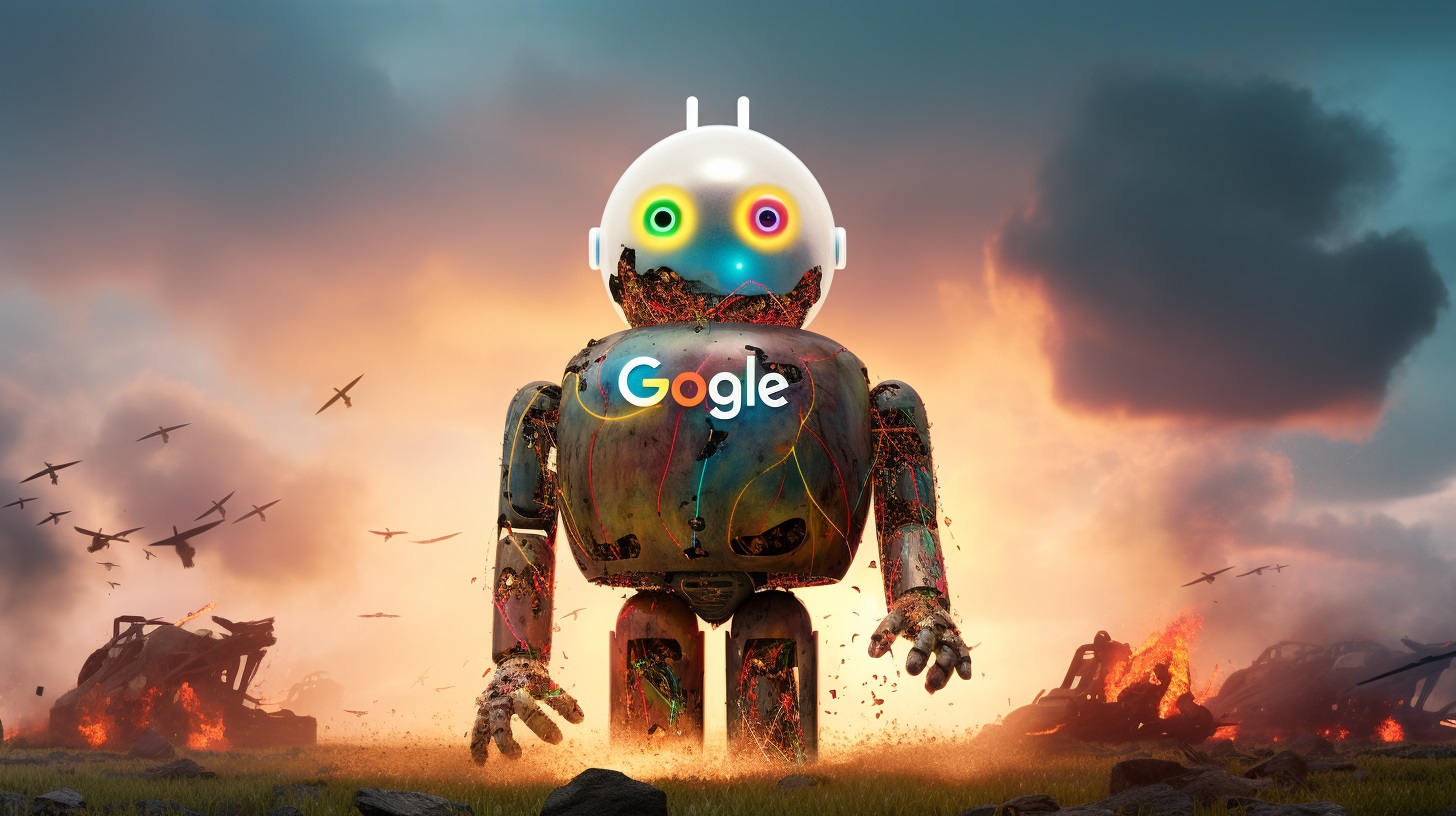In the ever-evolving landscape of artificial intelligence (AI), Google Bard emerges as a groundbreaking experiment that revolutionizes collaboration with generative AI. This article explores the concept of Google Bard, its functionalities, and the transformative potential it offers to individuals, businesses, and communities worldwide.
Understanding Google Bard
Google Bard is an early experiment by Google that aims to provide users with a unique and interactive AI collaboration platform [2]. This experiment employs a research large language model (LLM), specifically an optimized version of LaMDA, to generate responses and assist users in various tasks [2]. By leveraging the power of AI, Bard offers a wide range of applications, including boosting productivity, sparking creativity, and accelerating idea generation [2].
Collaborative Productivity
With Google Bard, users can harness the platform’s capabilities to enhance their productivity [2]. Whether it’s seeking tips to achieve personal goals, simplifying complex concepts, or outlining creative projects, Bard acts as a valuable resource that fuels curiosity and supports users in accomplishing their objectives [2]. This collaborative productivity tool empowers individuals and businesses alike to unlock their potential and make progress in various domains.
Grounded in Quality Information
Bard’s functionality is deeply rooted in Google’s commitment to quality information. While the large language model predicts responses based on the input prompt, it also incorporates flexibility to generate creative and helpful outputs [2]. However, it is important to note that, like all AI models, Bard may exhibit biases and occasionally provide inaccurate or misleading information [2]. Continuous improvements are being made to enhance its accuracy and reliability.
Benefits and Applications
Google Bard presents numerous benefits and applications that cater to the diverse needs of its users. Let’s delve into some of the key advantages:
1. Idea Generation and Brainstorming
Bard’s collaborative AI capabilities serve as a valuable tool for idea generation and brainstorming sessions. Users can rely on Bard to provide suggestions, insights, and creative prompts to overcome mental blocks and explore new perspectives [2]. Whether it’s planning a book, designing a marketing campaign, or developing innovative solutions, Bard stimulates creativity and offers a fresh outlook.
2. Simplifying Complex Topics
Understanding complex topics can be challenging, especially when trying to explain them to others. Google Bard becomes an invaluable asset by simplifying intricate subjects and breaking them down into digestible information. Users can leverage Bard’s extensive knowledge base to provide clear explanations and engage in effective knowledge-sharing [2].
3. Supporting Learning and Education
Education and learning are central to Bard’s capabilities. Users can utilize Bard to access relevant information, ask questions, and gain insights on a wide range of topics. Whether it’s helping a child understand the latest scientific discoveries or assisting in academic research, Bard serves as a knowledgeable companion on the journey of learning [2].
4. Curating and Generating Content
For content creators, Bard offers an innovative approach to content curation and generation. By collaborating with the AI model, users can seek assistance in outlining blog posts, creating engaging social media content, or generating fresh ideas for articles. Bard becomes an indispensable tool for those in the creative industry, fueling their imagination and streamlining their content creation process.
The Road Ahead
As an early experiment, Google Bard continues to evolve and improve based on user feedback. Google’s commitment to enhancing the AI model’s capabilities and addressing its limitations ensures a promising future for Bard and its users [2]. With time, Bard is expected to expand its availability to more countries and languages, making its collaborative AI experience accessible to a broader audience worldwide.
Conclusion
Google Bard stands at the forefront of collaborative AI experiences, opening new horizons for productivity, creativity, and knowledge sharing. By combining the power of generative AI and Google’s understanding of quality information, Bard provides a unique platform for users to engage with AI models in meaningful and productive ways. As Bard continues to evolve and refine its capabilities, it holds the potential to transform the way individuals and businesses interact with AI, further driving innovation and unlocking new possibilities in the digital age.



















